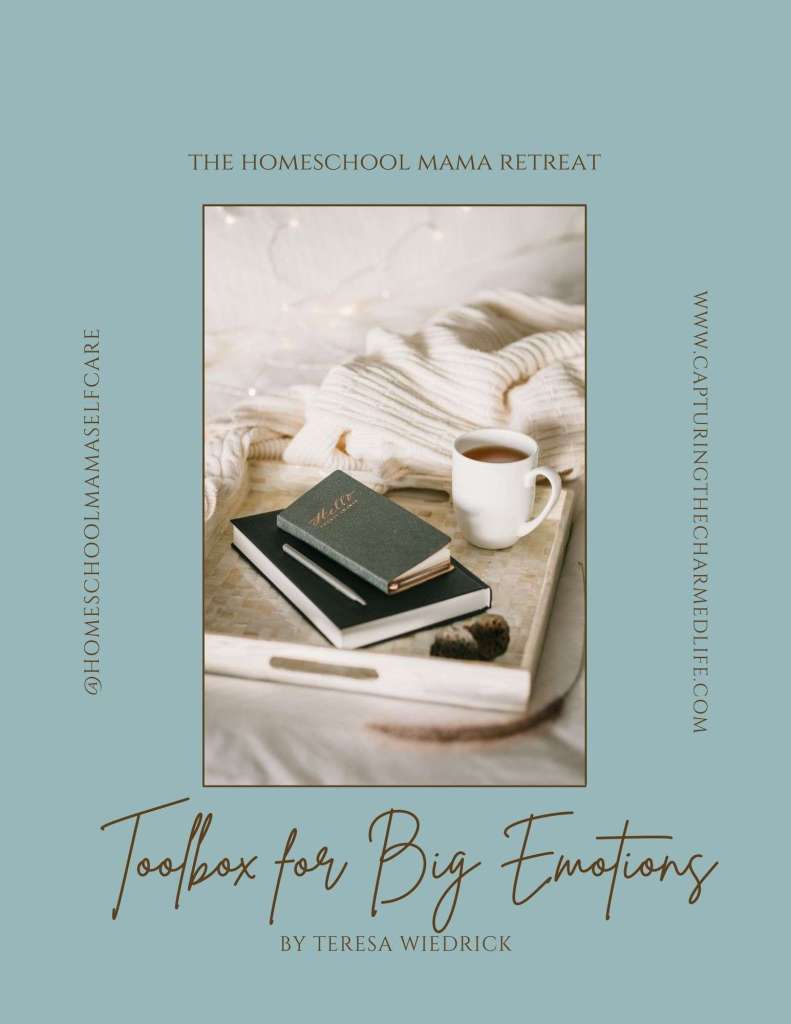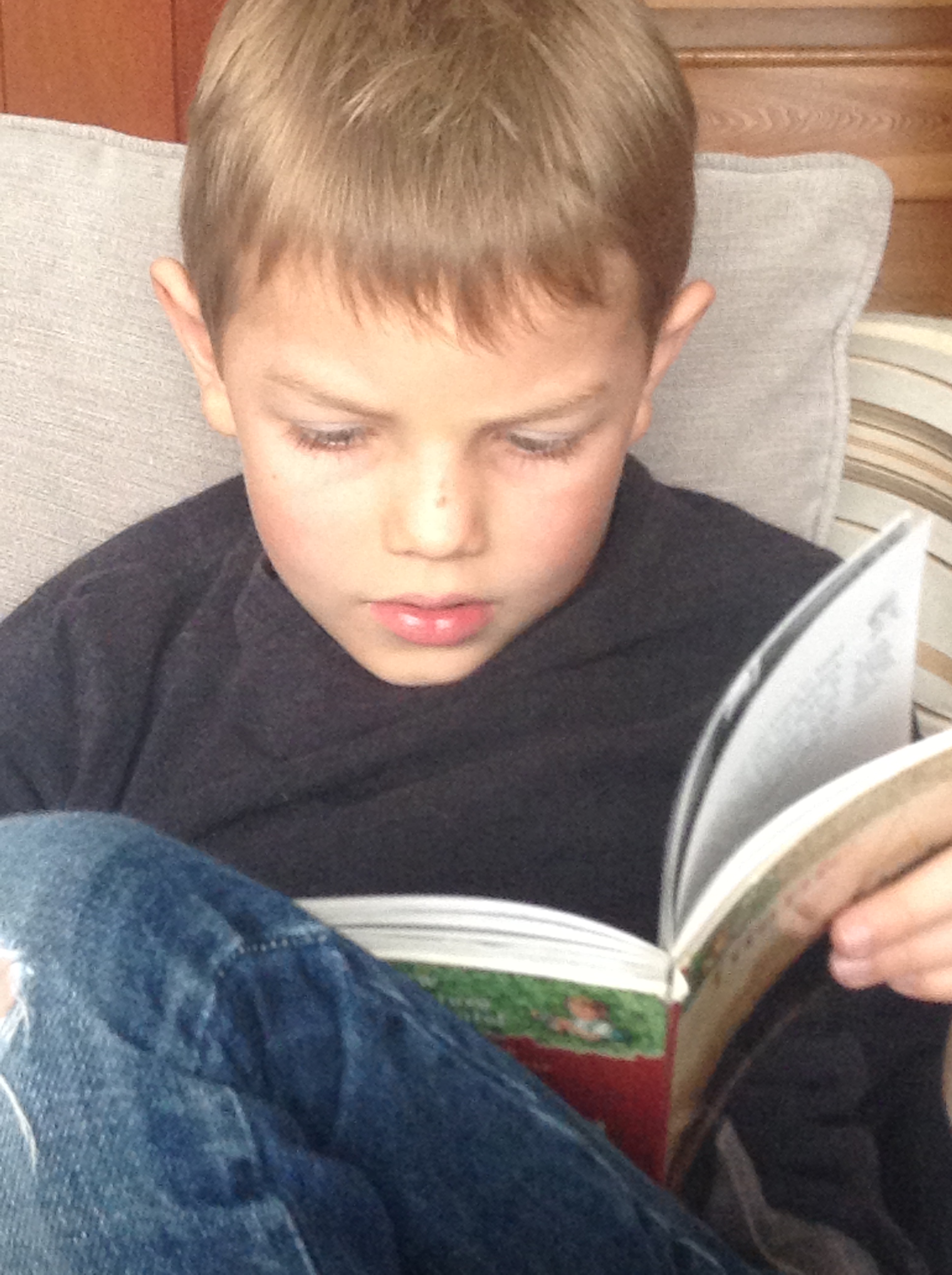Homeschool fatigue: tis the season to deal with the winter blues.
The anticipation of new September plans has disappeared. Christmas decorations have been packed away, though the outdoor lights are still on. The skies are dreary grey, and routine seems, well, routine. This is the slump month.
So, let’s chat homeschool fatigue.
Thus begins the season of homeschool fatigue.
A homeschooling mama of five, with two elementary kids, two in kindergarten and one toddler, asked for suggestions as she explained her scenario:
“Our house is very loud with five kids, and it feels like we all fall like dominoes once one kid gets started with another…”
She goes on to say, “It doesn’t help to create a good atmosphere for good learning, so what tricks do you have for peace when trying to teach so many kids at once.”
She adds, “We tend to break things into subjects … but something is just not working and I think we’re all frustrated … even I’m just pretty snappy and frustrated most of the time it seems … trying to keep things light, but I think I’m just so frustrated with myself that I just can’t seem to find what works for these kids to keep doing what I feel my heart believes in.
Maybe it’s just the winter homeschool blues, but I can’t feel good about dragging my kids through each day of homeschooling if their hearts aren’t there.”
Oh, haven’t we all been there? Is there anything we can suggest to this devoted mama?
Here’s what my kids suggest as ways to switch up academics:
- Change the time of day that you do different subject areas.
- Do a unit study a month.
- Change things up. History at the beginning of the day instead of math.
- Create semesters for different topics (a school solution that surely helps curb boredom).
- Teach the subjects together, instead of separately. After reading a history or science passage, write on that topic or create a report.
- Introduce a new sport like skiing or skating (in our part of the world, you need to use that snow!) Or find a new sledding hill.
- Book a scheduled weekly field trip to somewhere new, anywhere new, maybe even the library and a café in the town next to yours.
Here are a few of my thoughts:
I suggest just stopping. Stop doing everything — just for a week, or even just a day.
A season of scheduled neglect. Enough time to gather your thoughts on exactly WHAT isn’t working. One day lost does not rock the academic schedule. And if it does, you should loosen the academic schedule. (Learned from experience).
Lower your expectations.
Are you expecting every day to feel good? Yeah, I know. Me too. But the reasonable, rational side of me knows: homeschooling is not bliss. Some days are! But some days are not. Perfect is not in a parent’s vocabulary. Good. Good enough. These are the goals. Who is demanding perfection anyway? There is no perfect academic education; you’re neither Google nor God, and neither will your children be when they leave home. In the wise words of Disney, Let it go, let it go…
The reigns need to be loosened.
Remember why you’re doing what you’re doing. You have all the freedom in the world. You’re surrounded by the people that you love the most. Take advantage of that. If you haven’t already, take a season of unschooling to identify that kids learn…despite an absence of bookwork and academics, despite imperfect teachers, despite the noise, despite disinterest in school subjects, despite conventional methods, despite conventional rubrics and grading and testing. Despite, despite, despite.
To accomplish formal academics with older kids, the younger kids need to be occupied.
In whatever mentally stimulating way you can achieve that. The temporary television babysitter is not evil in short increments and might wisely be used during focused study sessions with older kids. A box of Legos, a student basket with craft supplies just for the littlest ones, or measuring cups and a sink full of water (put away your dish detergent;). Whatever works to occupy in short increments. Pinterest provides a plethora of preschool play learning possibilities.
Don’t do as many formal academics.
Your kids are young. Read, read, read to them. Discuss stuff with them. Follow their curiosities. When a child is begging for something formal or something more, that’s your sign to follow that and explore more learning possibilities.
Making it through the slump month is a challenge, but our goal is to turn our challenges into charms. We can do it, when we work with intention, change things up, and let things go.

Big Emotions Journal for the Homeschool Mom
Introducing the Homeschool Mama’s Toolbox, a resource to help homeschooling mothers manage emotions and enhance mindfulness. It includes Dr. Amen’s three questions for self-reflection. Daily meditation practices and a Thought Care Checklist aid in handling challenging situations. Sharpen your mental tools and improve your homeschooling journey today!
People also ask:
- how to incorporate play into the homeschool slump month
- how to beat the homeschool slump month
- Preventing S.A.D. for Homeschool Moms in 13 Ways
- Tell me about the virtual homeschool mama retreat.
- Do you offer one-on-one homeschool (& life) coaching?
- should there be a season of scheduled neglect in our homeschools?



Good points for a tougher time of the year, when everyone starts going a bit stir crazy. . . We try to do the following things: as much outdoors as possible, even when it means just plainly covered head to toe in rainy cold mud. Having proper clothing for kids is essential, one thing you learn quickly at Waldorf school. Tons of outdoors.
Second, it helps us to stick to seasonal happenings. So, this time of year is great to witness lamb births, ice skating, husky races, snow shoeing, soon maple sugaring, etc. Also, good time to visit science museums and pass time doing more tangible things with our hands.
And last but not least- chocolate. That what February is for. When we just do not feel like anything, we take a trip to our favorite chocolate store to explore the whole cooking process and to make kids (and MOM!) feel better. 🙂
My youngest graduated uni May of 2018 at 21, so i’ve sort of forgotten the ups and downs, but they were there. By the very fact that we will forget how some days were so hard and remember that educating our children at home at their own pace and strengths is the best decision you are making should be encouraging when you are still in the midst of it. Like this well written entry points out – just stop – play educational games (we played rummi roots and strategy games), get to planning, preparing, cooking, serving a nutritional meal plus learning how to set a proper table. Every subject is addressed in the kitchen! Dramatic reading out loud – that can dissolve into laughter yet build confidence. Well, that’s all i can think of on the top of my head for when you are trapped indoors. Shalom!
Great tips! The winter blues is a real thing. We are on year 4 and I’ve noticed a few things have helped (some of which you’ve mentioned!): 1. Schedule indoor field trips as often as possible; 2. Try to arrange weekly playdates with your friends; 3. Learn a new subject to spice things up (currently learning about black women in history); 4. Cuddle with a warm blanket and read good books aloud; 5. Take advantage of mild winter weather and get some outdoor time; 6. Take on a new project (they currently follow coding tutorials and are also really into making cool things with Perler beads); 7. Bond! (play board games, have a dance party, cook together, etc.).
Awesome! Sounds like so much fun!